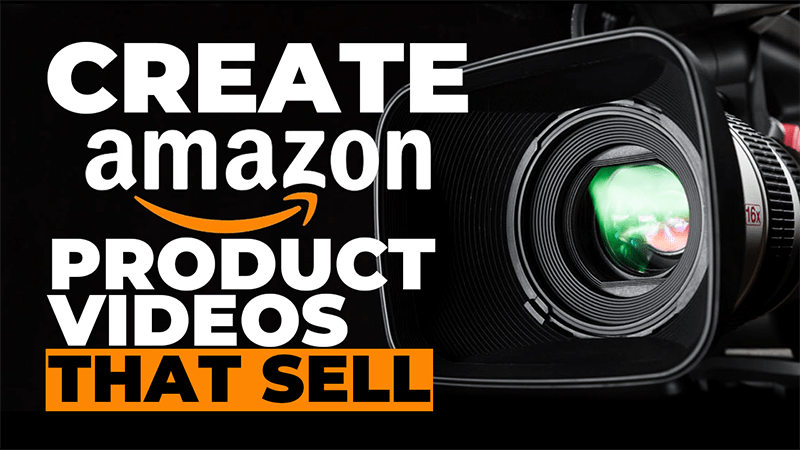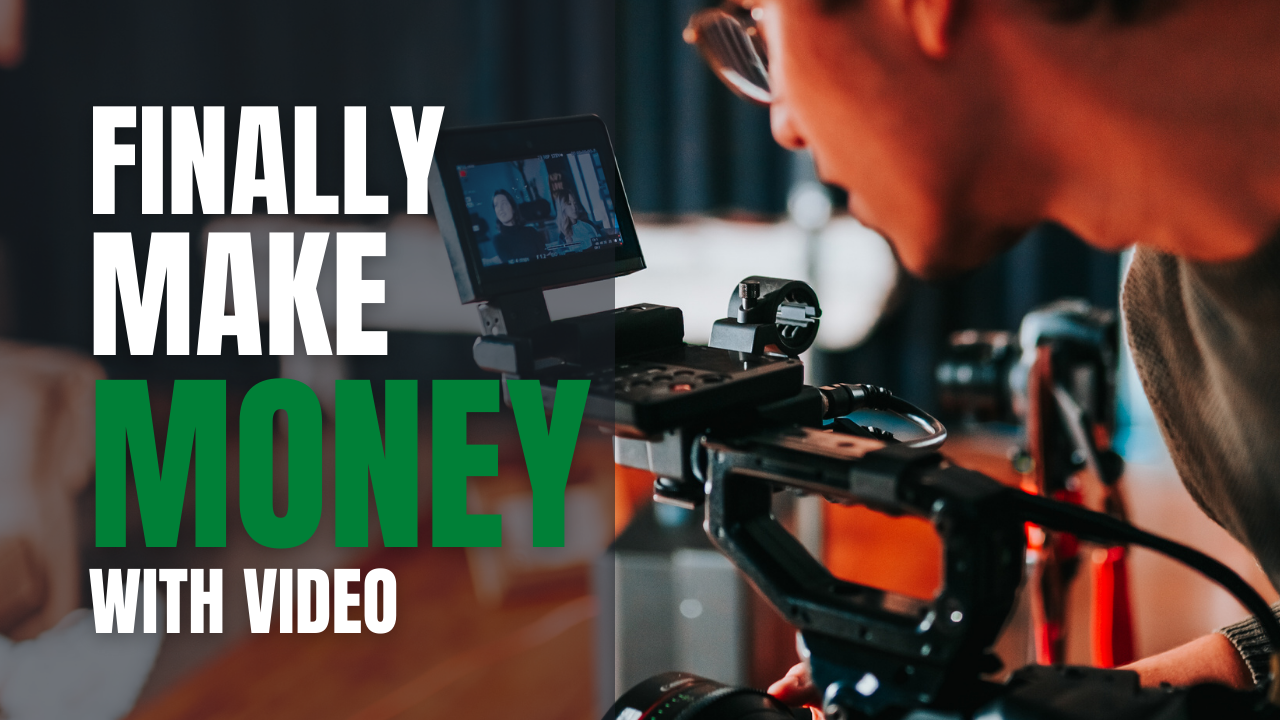Interested in producing more short-form videos for your business? Searching for a reliable and scalable process that guides you from idea generation to final publication?
TikTok may seem like the Wild West of social media, full of dancing videos and chaos. As a business owner, you may be initially skeptical about investing time in TikTok and short-form video. However, in 2023, short-form video (video under 60 seconds) is the most effective type of social media content you can create.
The Rise of Short-Form Video
Platforms are prioritizing short-form video content because it is receiving more watch time than other formats. Viewers now spend more time scrolling through TikTok videos than watching Netflix.
Cross-Platform Potential
In response, platforms like Facebook, YouTube, and Twitter (X) have introduced short-form video features. This allows you as a marketer to repurpose one short-form video across multiple platforms instead of creating unique content formats for each platform, saving you tons of time and energy.
Audience Engagement
Short-form video delivers content users want to engage with. Consistent posting also helps you build an audience and brand familiarity.
Step 1: Scripting
The first step is to script out videos in batches instead of brainstorming single video ideas daily. Don’t over complicate it, you don’t have to write a full script. Useful viral video styles include:
- Industry news updates
- Frequently asked questions
- Listicles, like “5 Ways To…”
- Tutorials
- Green screen commentary on articles
- Reactions to trending videos
- Repurposed clips from your long-form content
Let’s go with a green screen video, for example. It’s one of the best-performing categories of short-form video on TikTok this year. Look up the news for the day or an influencer you follow who has a good grasp of the news and take a bunch of screenshots of the article and/or content. Avoid the temptation to post just the screenshots. Instead, make a list, and create video hooks based on the screenshots.
You should write down 10 video hooks or ideas for each category. The hooks should connect emotionally with your ideal audience.
The key is to make sure your content is batchable and helps to build your brand.
It’s good to take notes of how other brands are using these categories to create content. It’s not “What’s a good TikTok video?”, for example, it’s “What’s a good reaction video?” Pick a beginning, middle, and end. Create a hook that connects, and have a call to emotion. Many viral videos point to a high arousal emotion (i.e., surprise and anger) within the content.
Step 2: Filming
Once you have scripts for at least 10 videos, schedule a batch filming session. Strive to film at least 30 videos in one sitting to save time and prevent creator burnout.
Focus on connecting personally with the viewer instead of obsessing over high-end gear. Viewers value authenticity and useful information far more than slick production quality. Simple setups like filming in front of a mirror on your phone can perform just as well as elaborate productions—connection and content over camera.
That said, even a basic studio setup with consistent branding can make batch filming more convenient. Stick with the 3 Ls: use a lapel microphone for clear audio, a lens with shallow depth of field for a blurred background, and standard 3-point lighting. Now, this may not work for every brand, but for those who frequently talk to the camera when creating content, this works well.
When filming, take it one sentence at a time instead of doing full takes. This prevents rambling and simplifies editing later. Bring energy to your delivery by having someone off-camera to interact and joke with between lines. Most importantly, connect emotionally with the viewer by speaking directly to them using “you” frequently.
Step 3: Editing
Edit videos in batches for maximum efficiency. Simple edits to focus on include:
- Trim dead space and silence (no Millennial Pause—the pause at the beginning of some short-form videos)
- Add open captions so viewers understand you without audio
- Avoid editing natively in social media apps (remember, the goal is to repurpose content and post across multiple platforms)
Easy mobile editing apps like Captions and CapCut allow you to add captions and trim clips. For more advanced editing, you can use Adobe Premiere Pro. The key is creating shareable assets you can reuse across multiple platforms.
Step 4: Posting
Post natively to TikTok first, then use a re-posting tool like Repurpose.io to automatically share the videos across other platforms. This saves you time while still ensuring the content fits each platform’s algorithm.
If outsourcing posting, use someone located in your target country when possible. Their local SIM card signals to platforms like TikTok that they are a native user.
Step 5: Consistency and Emotion Beat Optimization
A common mistake marketers make is over-optimizing instead of focusing on consistency. It’s more important to develop an effective system for regular posting than to spend all your time trying to create the perfect video.
Your priority should be eliciting emotion from viewers. If a video provides immense value, viewers will naturally engage and explore your brand, without needing a call to action. Connecting with audiences on an emotional level is key to creating effective short-form video content.
Leveraging short-form video requires you to shift from crafting one-off viral hits to developing a sustainable system. By scripting in batches, filming efficiently, editing reusable assets, and consistently posting, you can establish a short-form video presence that cost-effectively builds familiarity and trust in your brand.






